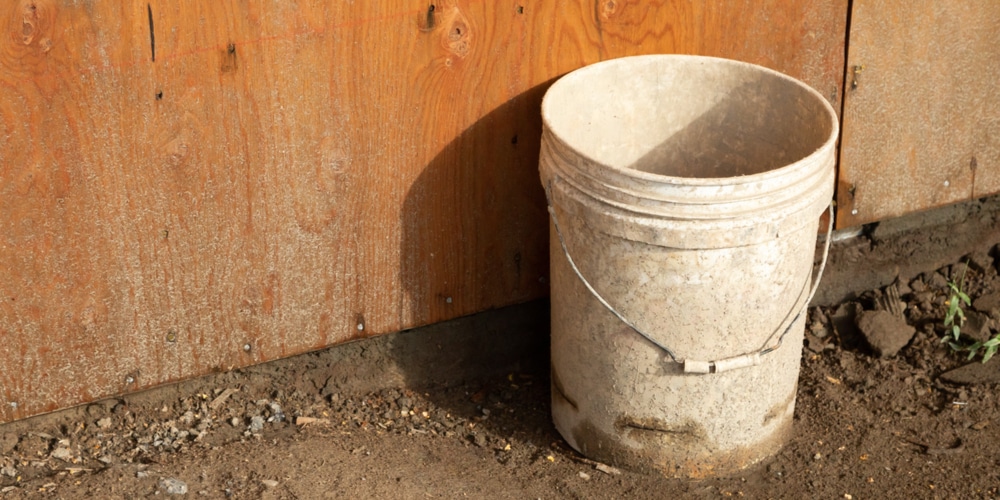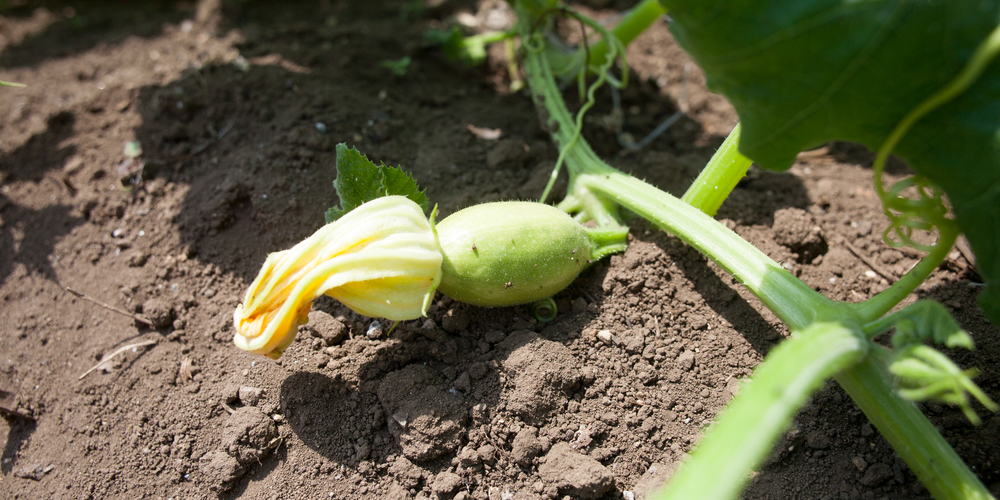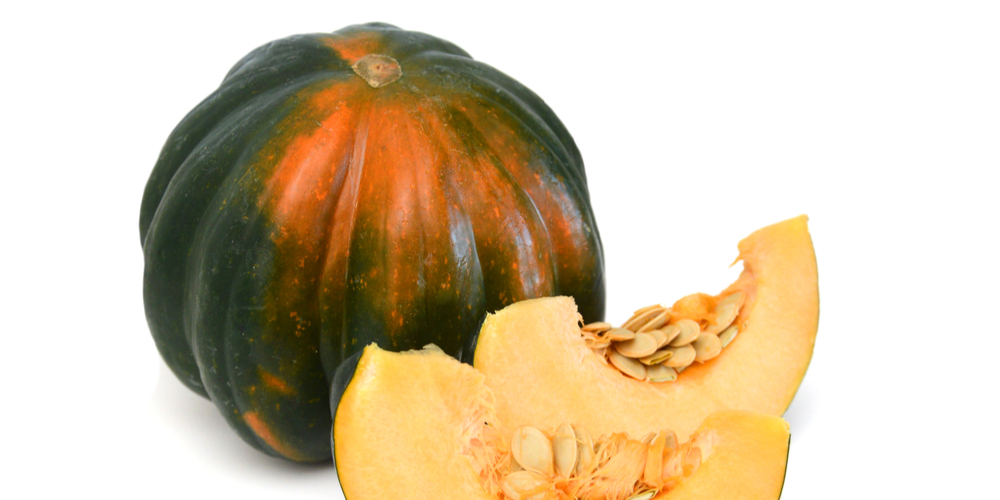Growing vegetables such as squash in limited space is definitely possible with the help of containers. Among them is the popular 5-gallon bucket you can acquire almost anywhere.
Here’s a short guide on how you can grow squash in 5 gallon buckets.
Can You Grow Squash in Buckets?

The good news is that you can grow squash plants in bucket containers, even the 5-gallon ones. At the very least, you’ll need a container with a depth of 12 inches and 24 inches in diameter as a minimum. In addition, the container and soil media must have drainage holes and should be light, respectively.
Most 5 gallon buckets are normally used to store things, and as such, they probably won’t have drainage holes at the bottom. Before you plant squash seeds or seedlings into containers you should do a quick inspection to see if there are holes or not. If not, you can punch about four to five holes using a drill so excess water can drain freely.
Because squash plants can get big and have a significant spread, it’s recommended that you plant only one in a 5 gallon container. For this, you can either sow the seed directly into a prepared bucket that’s filled with medium or transplant young squash seedlings from a seed-starting tray.
Guide to Planting Squash in 5 Gallon Buckets
Fill with Light Media and Sow the Seeds
Squash plants grow best in light media that contains a lot of fine bark, compost, and peat. Pure garden soil or potting mixes may get compacted over time, and more likely so if you put them in a 5-gallon bucket.
Plant 2 to 3 seeds per container or cell and make the soil constantly moist but not wet. After a week or so the seeds should germinate and grow quickly.
If there are several sprouts you can choose the strongest among them and remove the rest. If growing seeds indoors, you should use a grow light and expose them for 12 hours once the seeds germinate.
Also, you can fill the bottom of your 5-gallon bucket with 2 to 3 inches of gravel or small rocks, whichever is available. This should help with drainage and weigh your container down so it won’t get knocked over so easily.
Water, Sun, and Fertilization
To grow your squash plant to its full potential you should know about its sunlight, watering, and nutritional requirements.
Sunlight
Squash needs a minimum of 6 hours of direct sunlight each day. The more light you give it, the better the squash plant’s health and fruit production. Choose a location that gets full sun and place your squash there. If you’ve grown them indoors then you may need to harden your plants first by gradually exposing them to the outdoor environment.
Watering
As for watering, you should only provide water if the top two inches of the soil are dry to the touch. You won’t need to give a lot since 5 gallon buckets tend to retain a lot of moisture.
To check soil moisture, you can use a wooden chopstick or a garden meter- stick the tool in the soil, wait a few seconds then check the reading or stick and see if there’s moist soil sticking on it. Squash plants can tolerate a degree of dryness, and a light and airy soil will work wonders for their growth.
Fertilizing
To supplement the growth of your squash you can feed it a well-balanced fertilizer in water-soluble form. Make sure to read the label and follow the instructions so your plants won’t get fertilizer burn. An NPK ratio of 4-4-4, or nitrogen, phosphorus, and potassium will suffice and can be applied in all stages of life.
Growing and Harvesting Container Squash
With a bucket as a plant container, you won’t have to think about space or weed growth. Also, rabbits and hard rains are unlikely to damage your squash plants when you grow them in 5-gallon buckets. A raised bed can serve the same purpose but they’re more expensive and usually require more space.
In a month or so and with lots of patience, you’ll see your squash seed soon turn into a fine mature specimen. Once the flowers appear you can get ready to harvest the resulting fruit and experience the rewards of your gardening labor.
Related article: Squash Leaves Turning Yellow

